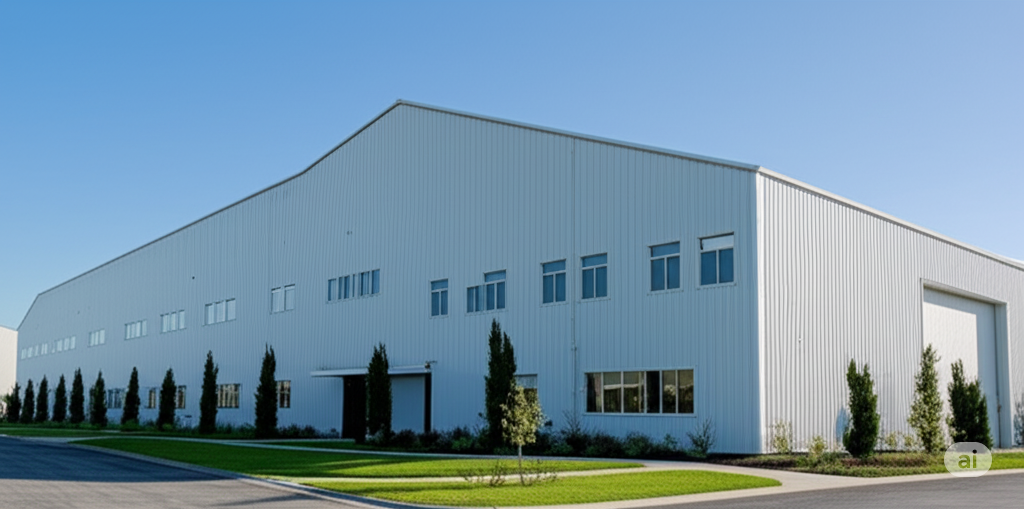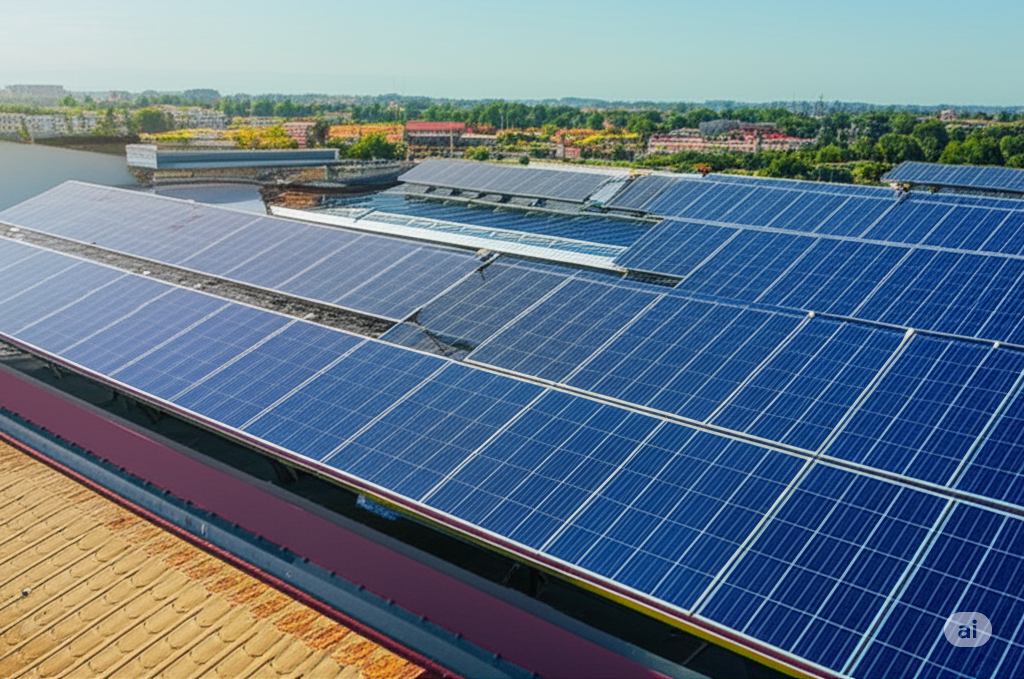The U.S. has recently implemented significant trade policy shifts, including increased tariffs on steel and industrial products, which are directly affecting the global flange market. These changes impact supply chains, pricing, and market competition, particularly for key exporters like China and manufacturers in the Middle East. Below is an analysis of the effects and their expected duration.
1. Immediate Impact: Rising Costs & Supply Chain Disruptions
-
Tariffs on Steel & Flanges: The U.S. imposed a 25% tariff on steel imports, including flanges and pipe fittings, in early 202510. This has increased costs for American manufacturers reliant on imported flanges, particularly from China and Southeast Asia.
-
Export Decline: Chinese flange manufacturers report a 15-20% drop in U.S. orders due to higher tariffs, forcing them to seek alternative markets like the Middle East and Africa17.
-
Supply Chain Adjustments: Some U.S. buyers are shifting to domestic suppliers or alternative exporters (e.g., Mexico, India), but capacity constraints mean short-term shortages and price volatility10.
2. Long-Term Market Shifts & Regional Effects
A. Middle East as a Growing Alternative Market
-
Saudi Arabia & UAE are increasing local flange production under Vision 2030 and "Make it in the Emirates" initiatives, reducing reliance on imports29.
-
ADNOC-approved flanges are becoming a regional standard, pushing manufacturers to comply with stricter certification processes9.
-
Chinese exporters are redirecting sales to the Middle East due to U.S. tariffs, with Saudi Arabia’s Jafurah gas project driving demand for high-pressure flanges2.
B. China’s Strategic Response
-
Localized Production: Chinese firms are setting up factories in Southeast Asia and Mexico to bypass U.S. tariffs1.
-
Technology Upgrades: Companies are investing in smart flanges (IoT-enabled) to differentiate products and avoid price wars8.
3. Duration of Impact: Short-Term Pain, Long-Term Adaptation
-
Short-Term (2025-2026): High tariffs will continue disrupting trade flows, with U.S. buyers facing 5-10% price hikes for imported flanges7.
-
Medium-Term (2026-2028): Supply chains will stabilize as alternative suppliers (India, Vietnam, Mexico) ramp up production1.
-
Long-Term (2030+): If tariffs remain, regional trade blocs (e.g., Middle East, ASEAN) may reduce dependence on U.S. markets, reshaping global flange trade dynamics25.
Key Takeaways
✅ U.S. tariffs are pushing Chinese flange exporters toward the Middle East and emerging markets.
✅ Saudi Arabia and UAE are boosting local production, creating new opportunities for compliant suppliers.
✅ Smart flanges and IoT integration will become critical for competitive differentiation.
✅ The market will stabilize by 2028, but geopolitical factors (U.S.-China relations) remain a wild card.




